Blog
Camping On The Tour d’Afrique – A Mystical Experience
While many of our tours include camping to some degree, it is the Tour d’Afrique that really takes that experience to the extreme. Of the 116 nights, only 4 are currently spent in hotels. Camping may not be for everyone, me for example, but, for better or worse, it is an integral part of the experience of cycling across Africa. Sitting round the campfire at night, swapping stories about the day’s ride or sipping coffee together in the morning before saddling up is certainly one of camping’s greatest pleasures and impossible to replicate on our hotel tours.
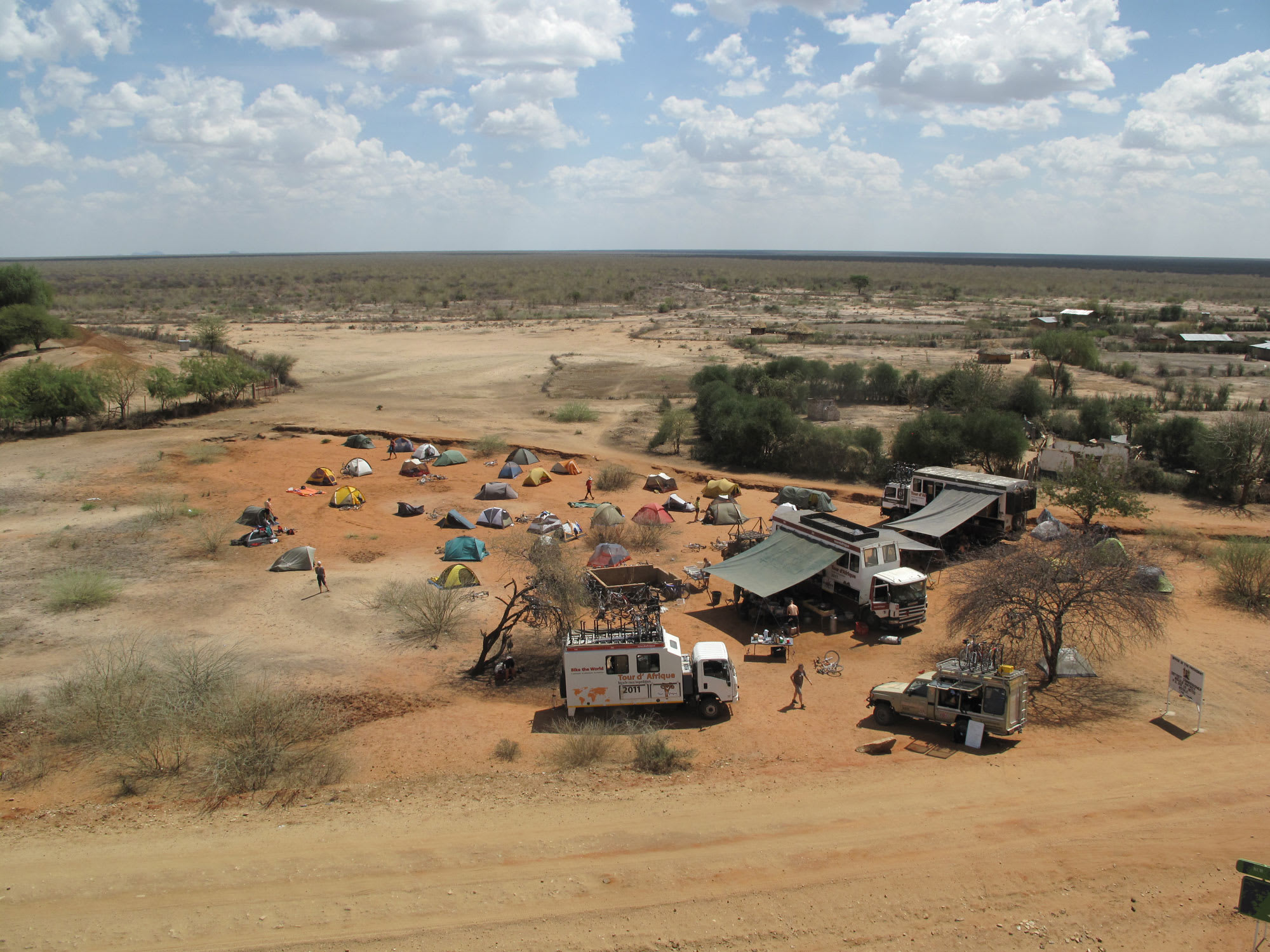
On such a challenging ride, choosing a site for your night’s sleep is important and there are numerous things to consider – the ground’s surface, protection from the elements and proximity to your camping buddy (or enemy!). Mind you, after a few days on the road everyone knows who snores, farts or gets up to pack at 03:00.
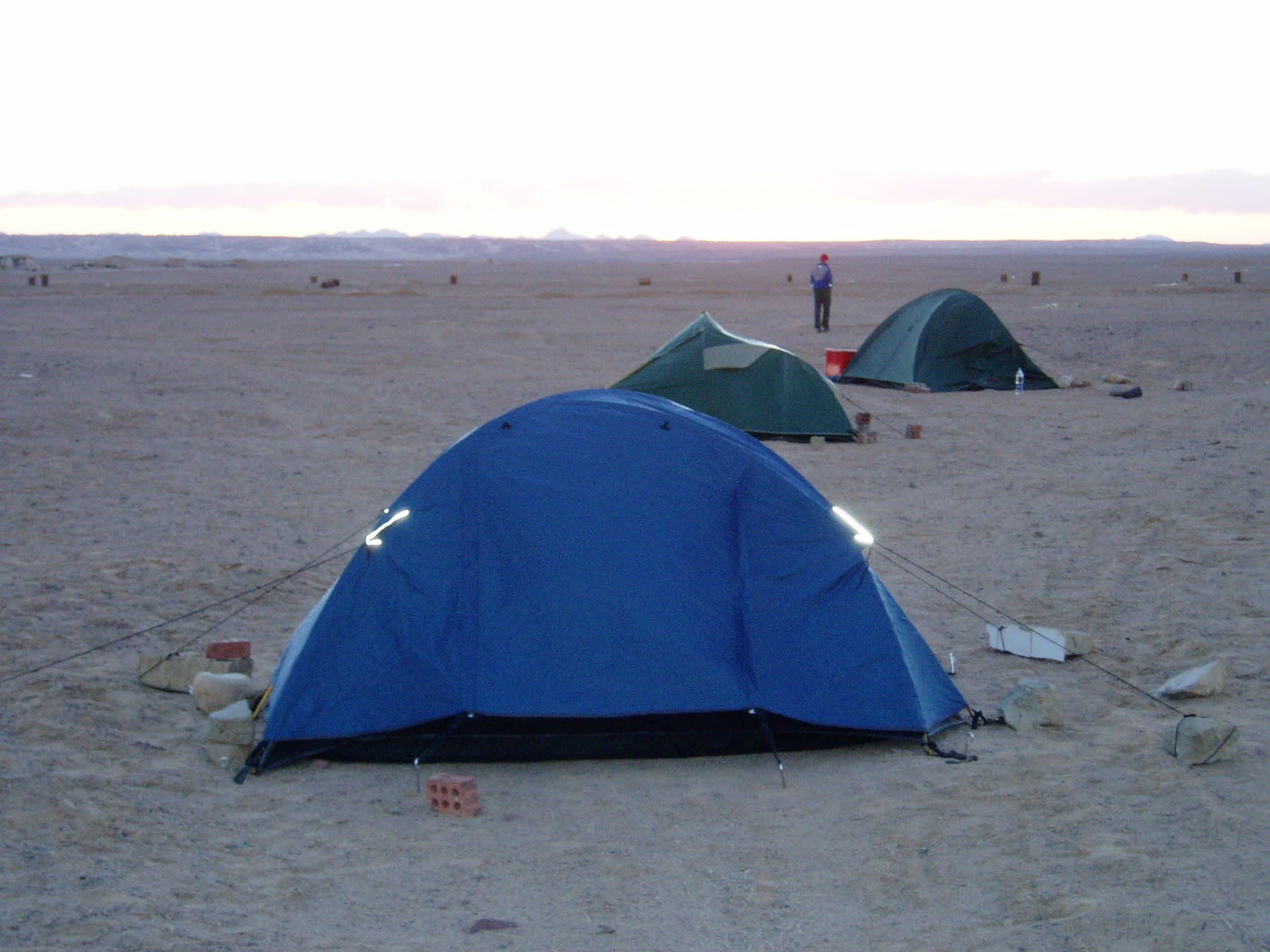
Of course, sometimes your choice is limited. Alex Percival (2015) remembers, “Night 1 was grim to say the least! We camped in a road side parking lot, and pitched our tents on rock hard soil, surrounded by open desert, and a howling wind ! We had a brief rider meeting and quick dinner, then everyone darted for shelter in their tents! Lights out before 7pm meant a long sleepless night listening to the sound of trucks and the local police having a fat chat around their small fire all night.”
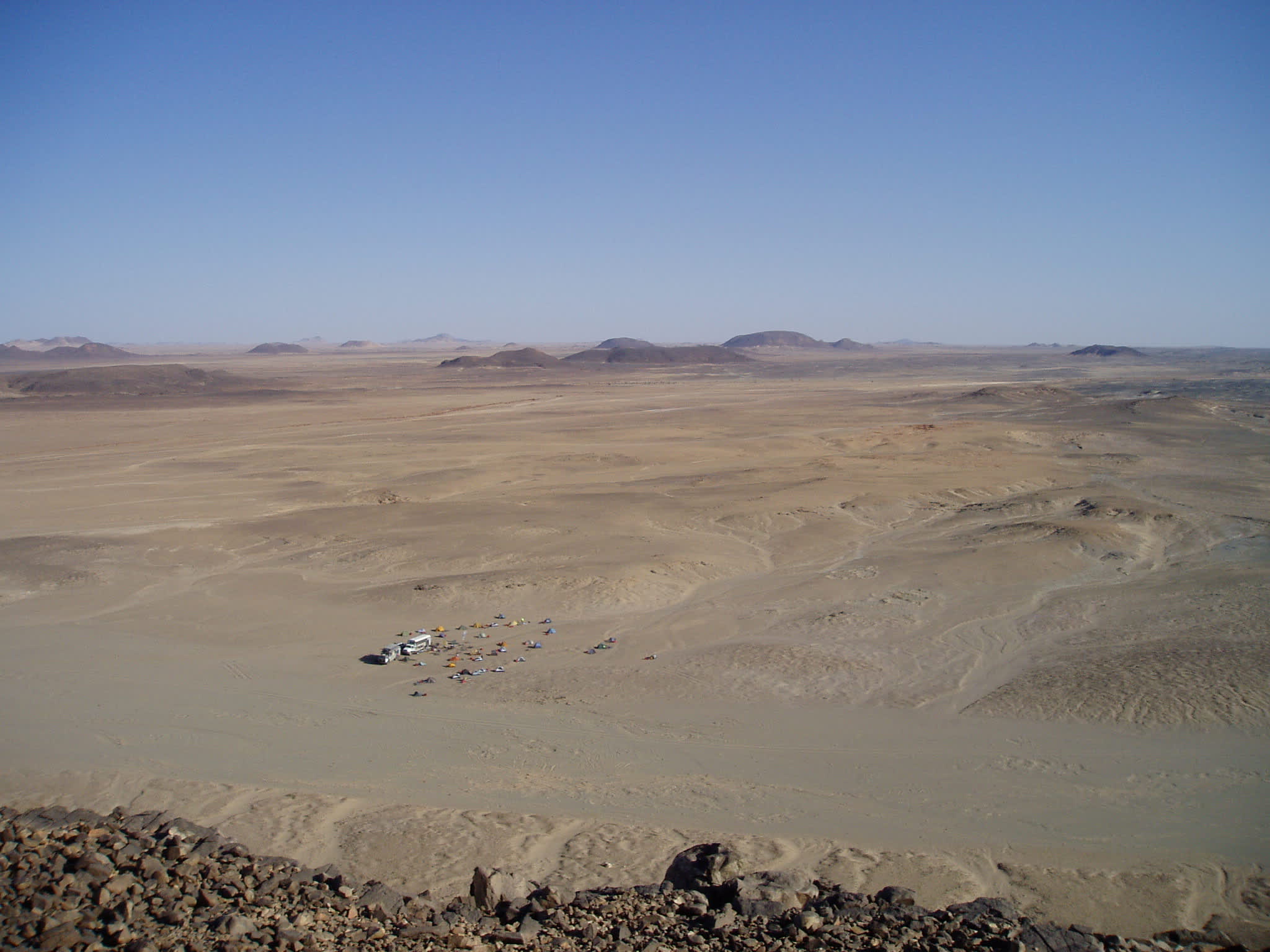
More often than not, though, the camping experience will be memorable. Adele Woodyard (2010), recalls that, “Last night’s camp along the Nile was another stellar desert tenting spot, with river access to cool off and escape the clouds of tiny, irritating flies that enveloped us from the moment we stepped out of the saddle. The flies, known as midges, don’t bite, but made it difficult to breathe without inhaling a cluster of fluttering microscopic wings and crunchy miniature exoskeletons. The appearance of a small Nile crocodile during yesterday’s swim did little to deter riders from a second dip, and despite the absence of an AK47-wielding security guard, most took their chances and basked in the fast-running Nile waters 600 kilometres north of Khartoum. In keeping with the wholesome beer-free atmosphere of Sudan, our night ended with a bonfire drumming circle under the stars – the driftwood fire licking at the sand, casting shadows over dusty, sun-burnt faces.”
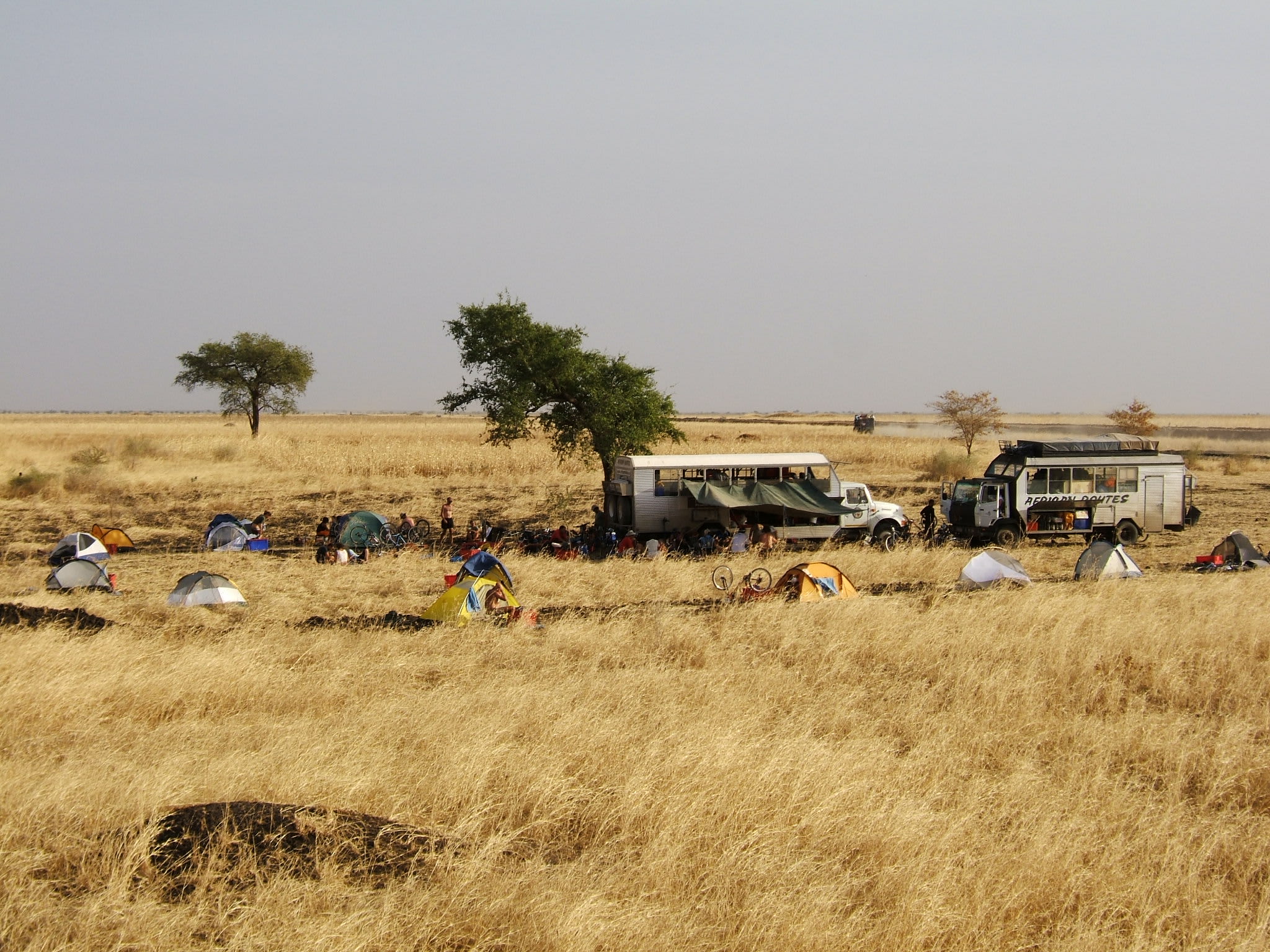
When bush camping, there seem to be 2 general tendencies – pitching your tent close to the others (the cluster approach) or pitching your tent far from the pack (the lone wolf approach). For the lone wolves on the tour, there can be complications to finding your own perfect spot. TDA staffer Stephanie Thornton identified this issue as ‘satellite tenting’ – Where one tent goes up, the rest usually follow suit, even when given a vast camping space.
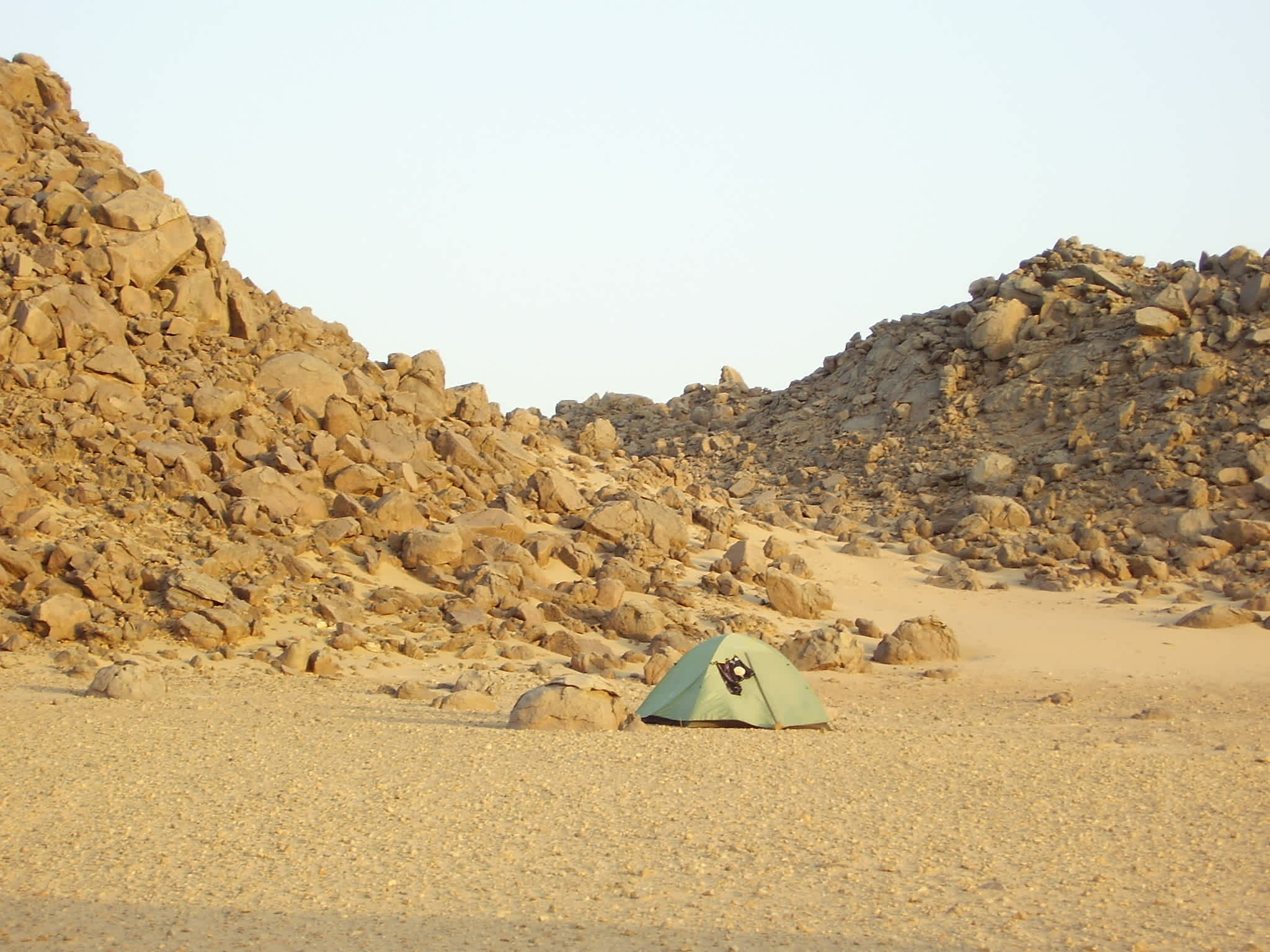
She offered some useful strategies for those wishing to have a little more personal space:
1. The Fake Out. Put your tent in a spot you might not want to camp, the key here is, don’t peg your tent in, so you can move it easily after everyone has set up.
2. The Late Night Pitch. Don’t be the first to set your tent up. Optimal time to set up to avoid being part of the cluster is after dark.
3. Be The Freight Train. Snore really loudly, so that no one will want to camp next to you (it helps to sleep on your back, to increase snoring volume).
4. The Busy Body. Unzip and organize things in your tent over and over again before bed time, the sheer annoyance that people feel around you will keep them away.
5. Become The Stench. Don’t shower, and let your stench do the work for you.
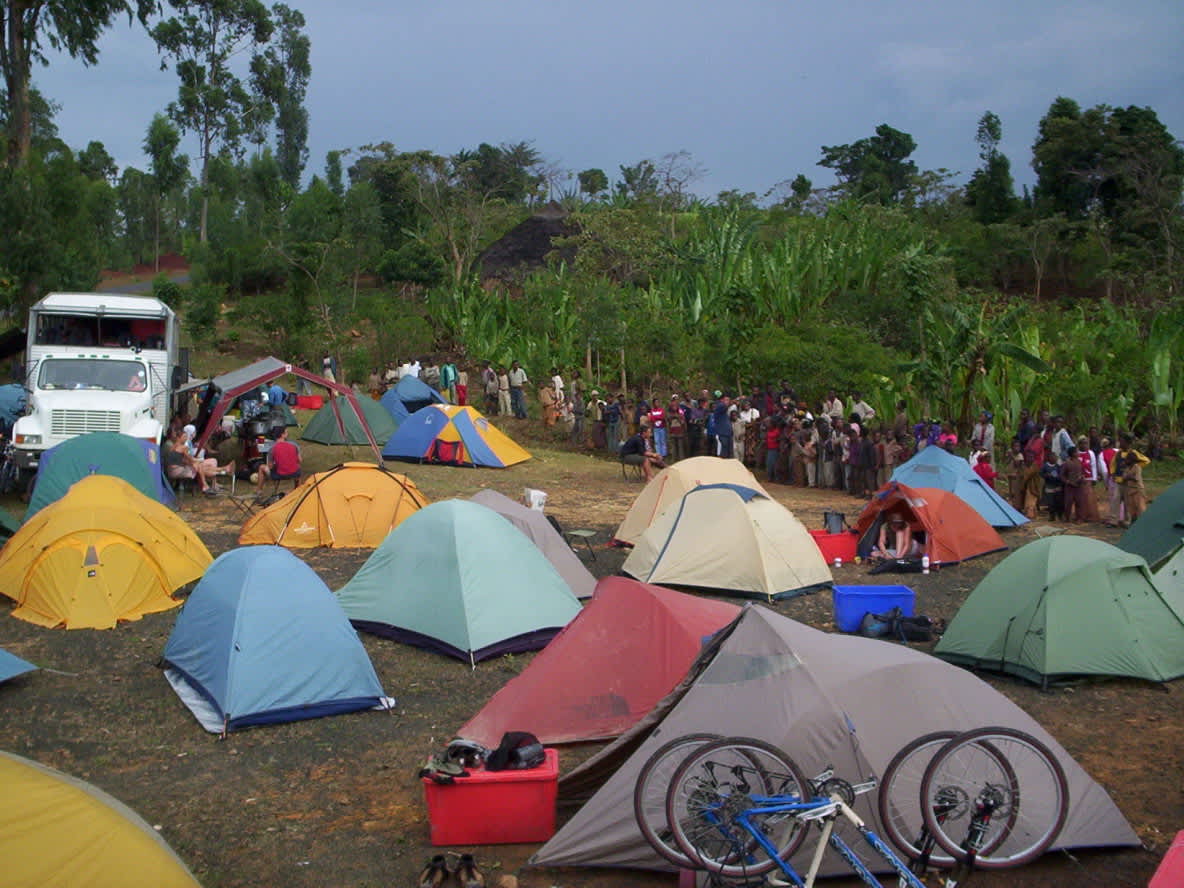
On the Tour d’Afrique there are any number of unwritten rules for camping. For those who meet someone special on the tour it is important to remember that in order to avoid unwanted gossip, please, please wait until after dark to have your ‘visitor’ arrive. Be sure to set up 2 individual tents and situate them a substantial distance apart when you first arrive at the campsite.
Then there is the eternal question of how far away from your tent and those of your fellow riders you need to travel before you pee/poo. This is usually dependent on 3 main variables: time of day, fatigue levels and, most importantly, alcoholic consumption.
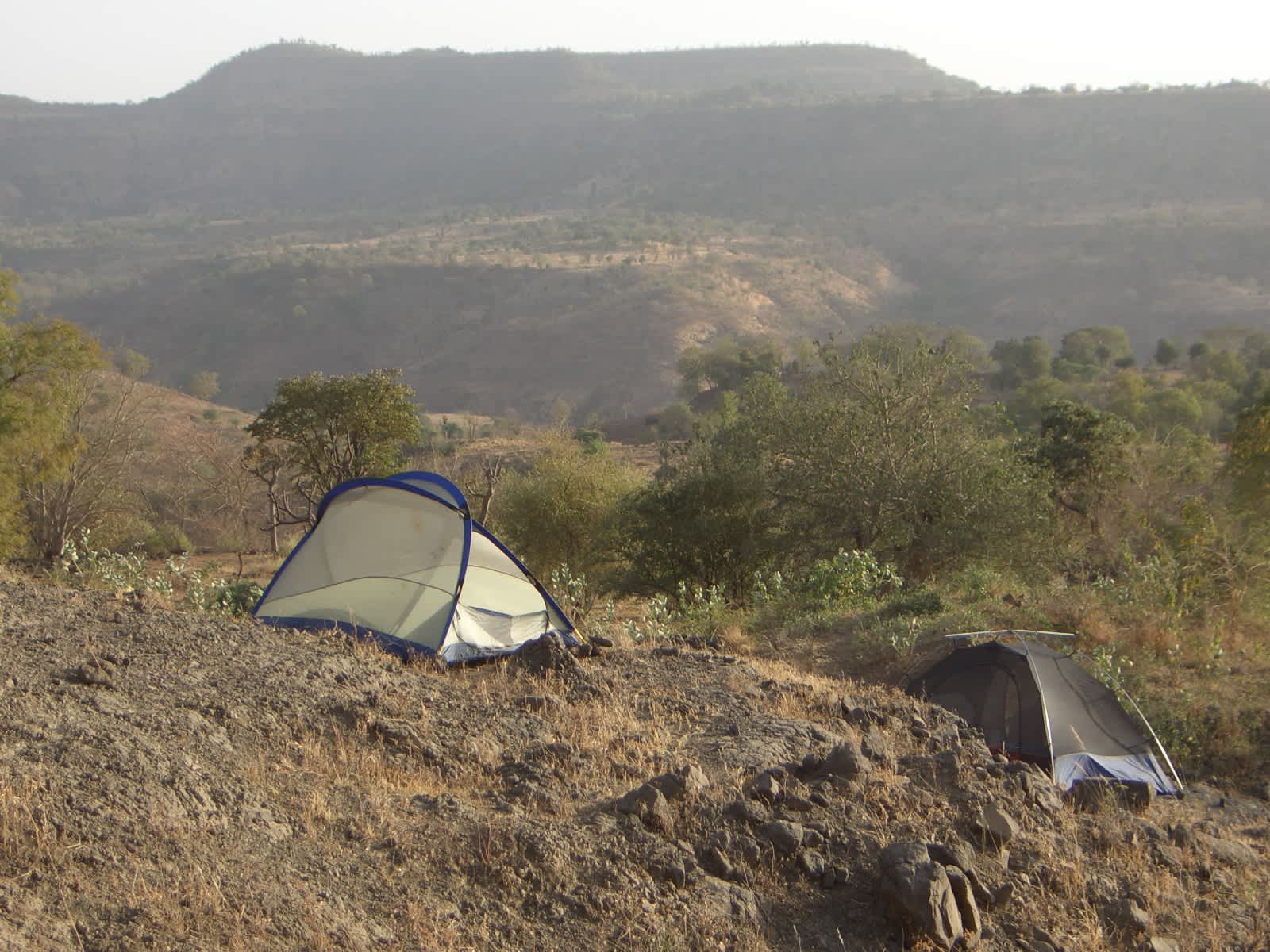
One of the highlights of cycling across Africa are the night skies, especially in the bush camps away from almost all human habitation. You think to yourself – It is a beautiful night, the sun is sinking to the west, the sky is clear, the temperature is perfect and a nice breeze comes up. Do I put the fly on, or not?
Pros: Star gazing, fresh air
Cons: Rain, sand, wild animals
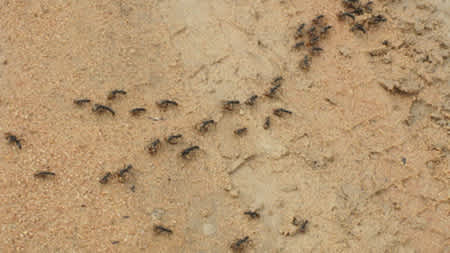 Speaking of animals, the smaller ones, 2010 cyclist Erin Sprague had an interesting experience in Zambia, “As I fell asleep with a full heart and fuller belly under the stars, I felt comfortable and peaceful in my tent. A few hours later, I woke up to the unsettling sensation that something was crawling up my arm. This is never a pleasant realization in Africa, so I decided to give it a flick and keep my headlamp off. A few minutes later, it sounded like it was raining…under my tent, and I felt something crawling up my other arm. I reluctantly turned on my headlamp to investigate and gasped in utter horror at the sight of hundreds of ants crawling up, down and around every part of the inside of my tent. I jumped out of the tent and put on my shoes, only to find that they too were full of biting, stinging ants that started crawling up my legs and latched on harder as I tried to flick them off. I hopped around in my underwear yelping at 2am (a generally common occurrence unfortunately for various reasons), flicking off fire ants for about ten minutes, before deciding what to do about the more serious tent situation. Armed with a headlamp, DEET bug spray and a book, I waged World War Three on the Zambian ant army for the rest of the night. I vaguely noticed a few other lights on in tents and wondered at the status of other riders, but didn’t have time or the DEET weaponry to fight a multiple-front war. The next morning at breakfast, I saw several other riders with the same battle-weary bite-wounds covering their legs and bags under their eyes. Apparently our tents were stationed in some sort of migratory insect path, and ants invaded at least six rider tents.”
Speaking of animals, the smaller ones, 2010 cyclist Erin Sprague had an interesting experience in Zambia, “As I fell asleep with a full heart and fuller belly under the stars, I felt comfortable and peaceful in my tent. A few hours later, I woke up to the unsettling sensation that something was crawling up my arm. This is never a pleasant realization in Africa, so I decided to give it a flick and keep my headlamp off. A few minutes later, it sounded like it was raining…under my tent, and I felt something crawling up my other arm. I reluctantly turned on my headlamp to investigate and gasped in utter horror at the sight of hundreds of ants crawling up, down and around every part of the inside of my tent. I jumped out of the tent and put on my shoes, only to find that they too were full of biting, stinging ants that started crawling up my legs and latched on harder as I tried to flick them off. I hopped around in my underwear yelping at 2am (a generally common occurrence unfortunately for various reasons), flicking off fire ants for about ten minutes, before deciding what to do about the more serious tent situation. Armed with a headlamp, DEET bug spray and a book, I waged World War Three on the Zambian ant army for the rest of the night. I vaguely noticed a few other lights on in tents and wondered at the status of other riders, but didn’t have time or the DEET weaponry to fight a multiple-front war. The next morning at breakfast, I saw several other riders with the same battle-weary bite-wounds covering their legs and bags under their eyes. Apparently our tents were stationed in some sort of migratory insect path, and ants invaded at least six rider tents.”
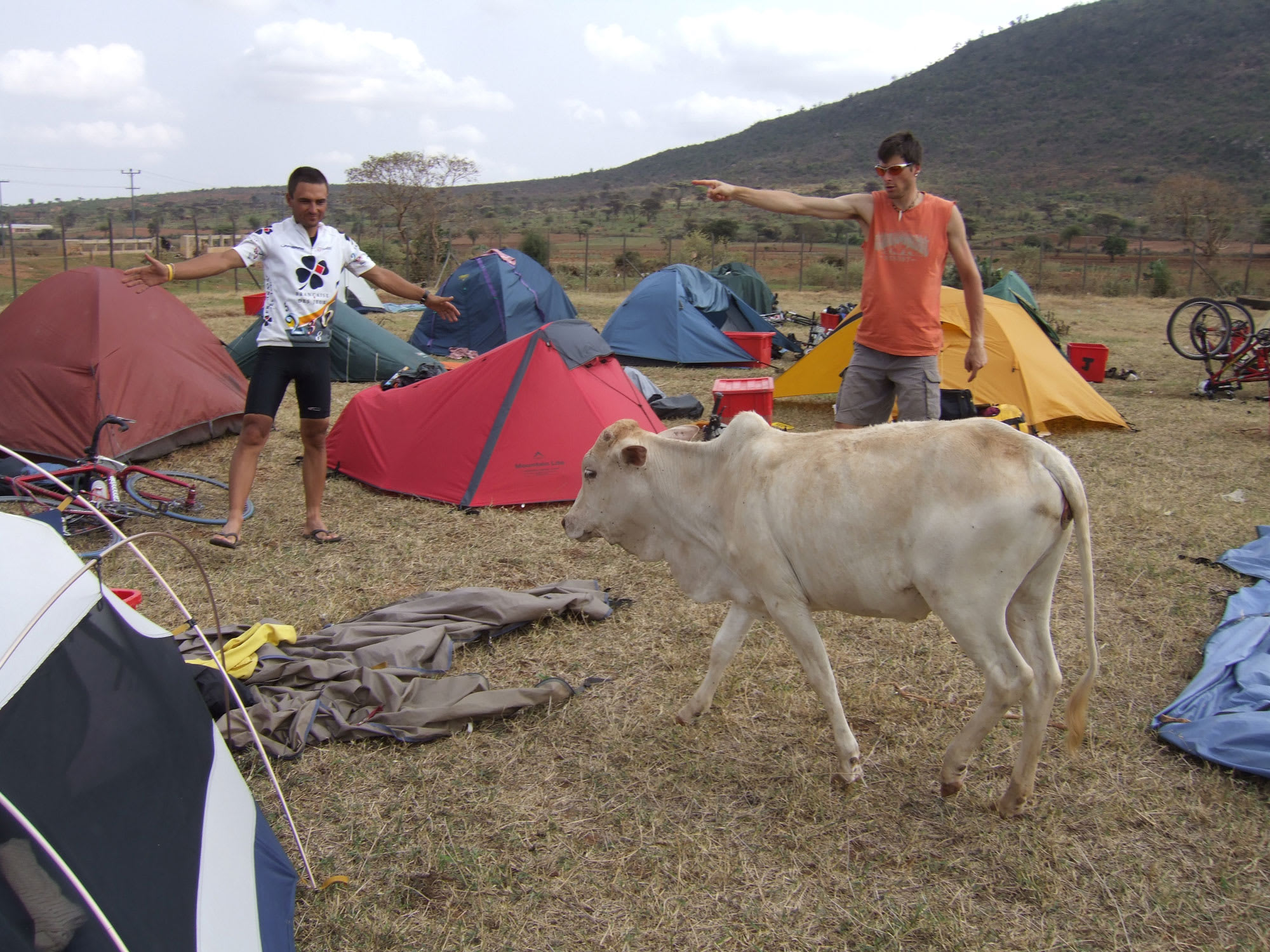
In 2006, the Tour d’Afrique left me with many indelible memories of my camping experience; hideous trash dumps behind police stations in Egypt, spectacular night skies in the Sudan, masses of children surrounding our camps in Ethiopia, elephants tiptoeing amongst the tents at night in Marsabit in Kenya, endless nights of rain in Tanzania, pitching a tent on beautiful Chitimba Beach in Malawi, sleeping amid towering elephant grass in Zambia, watching the clouds roll by at dusk on the flat Botswana landscape, waking to frost amongst Namibia’s striking Quiver trees and gazing at the crashing Atlantic surf in South Africa.
A truly unforgettable camping experience.
 REGISTER NOW
REGISTER NOW
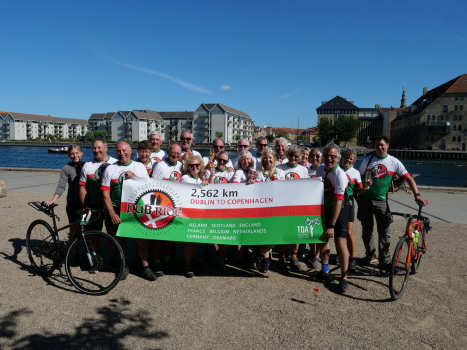

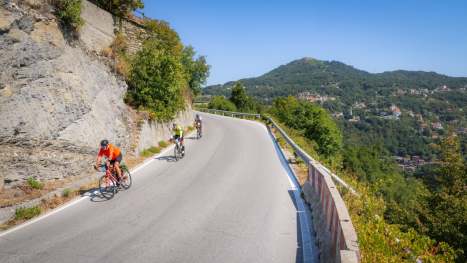
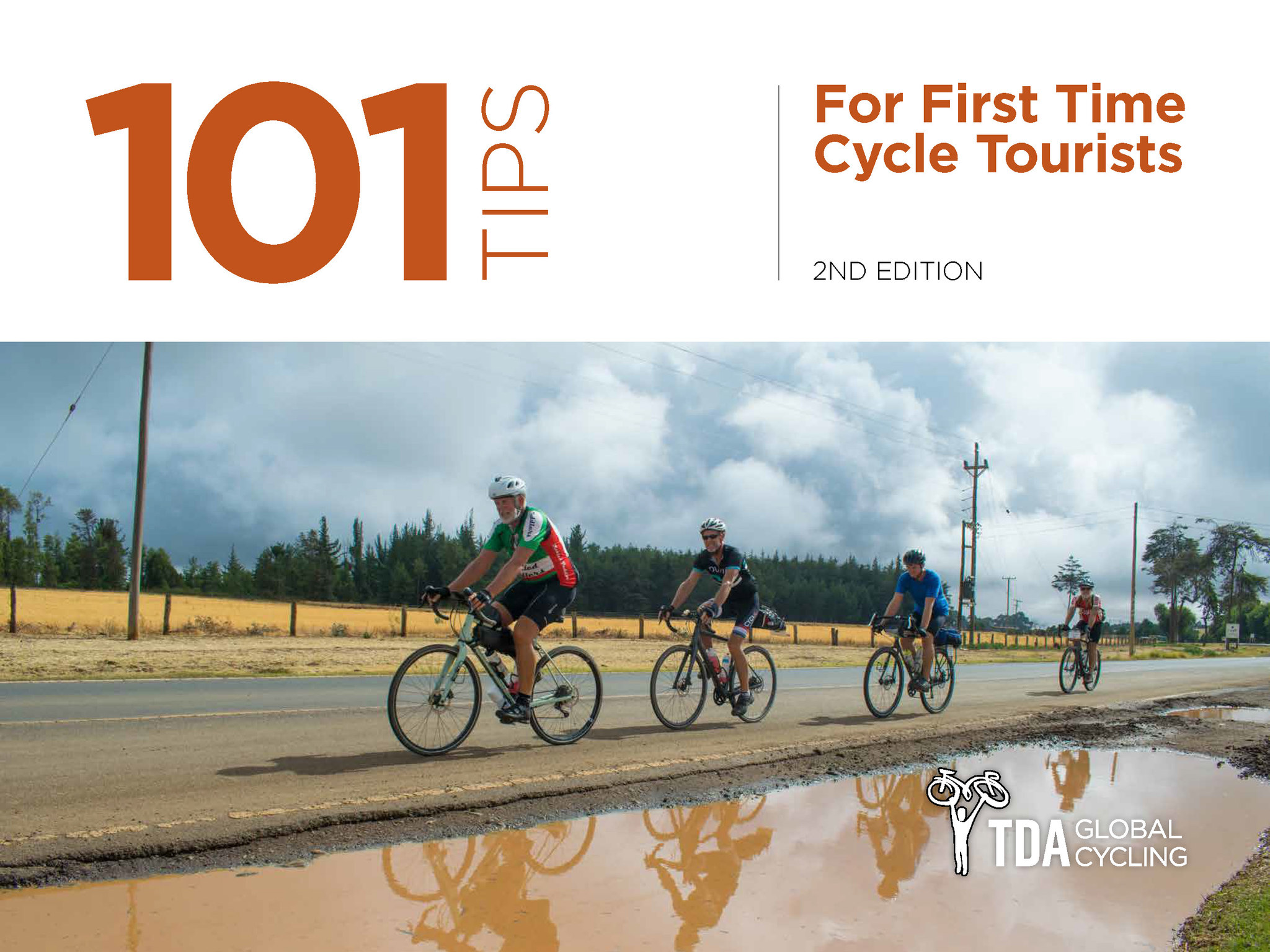
Leave a Comment for "Camping On The Tour d’Afrique – A Mystical Experience"